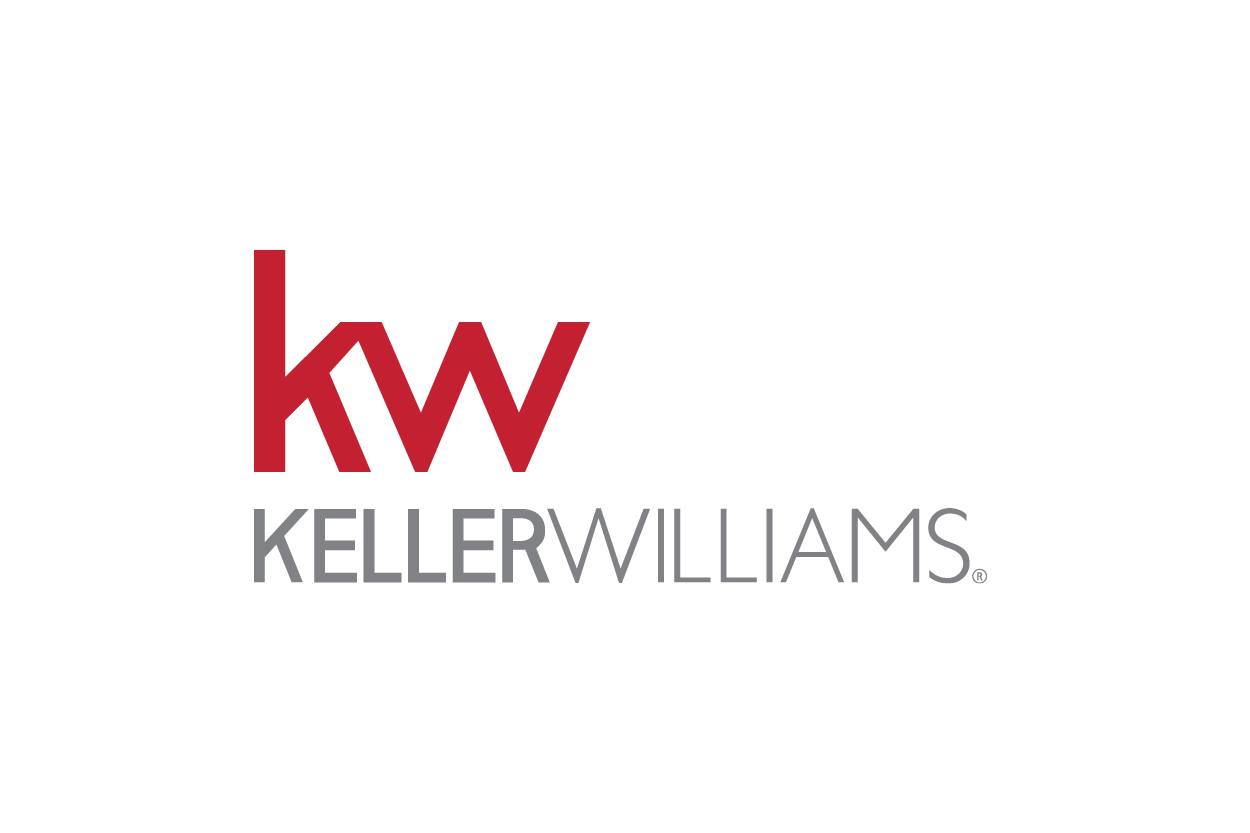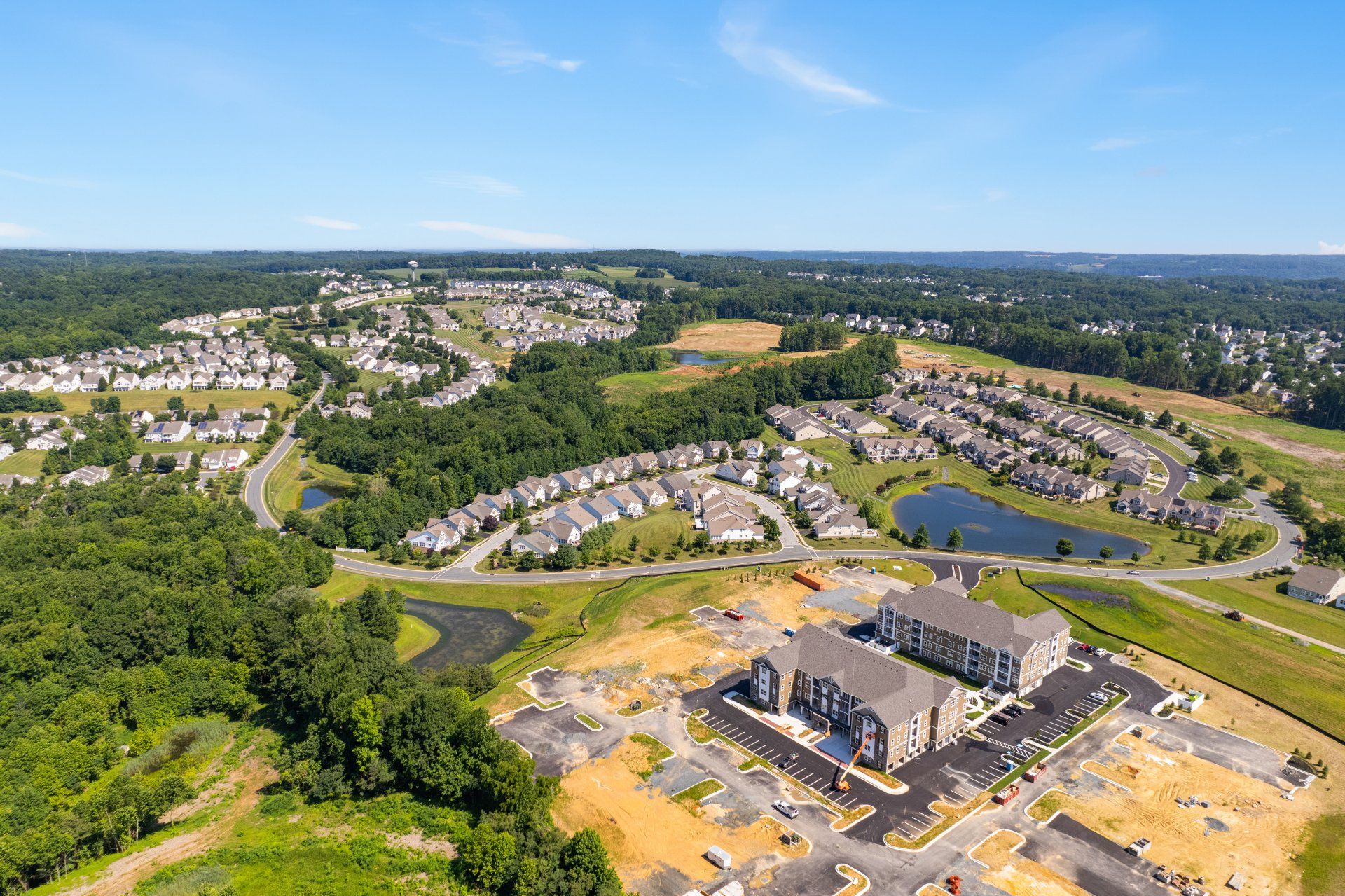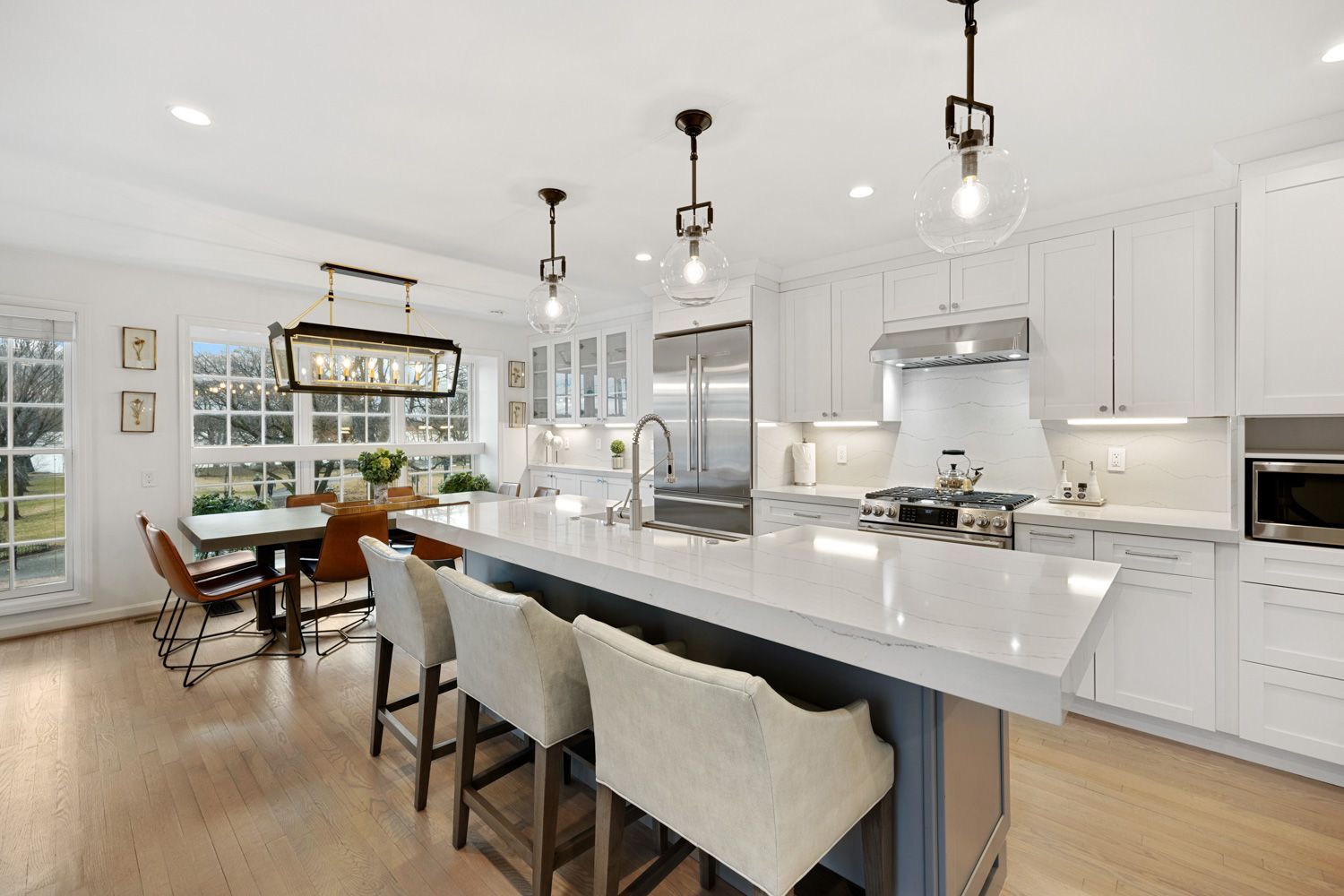Meet Victor Coll, a seasoned expert in the art of in-bound content marketing. With a proven track record in crafting winning content strategies, Victor excels in attracting and engaging audiences organically. His proficiency extends to optimizing content for maximum impact, resulting in increased brand visibility and audience retention. Victor's dedication to the art of in-bound content marketing has helped businesses achieve remarkable growth. Join him as he shares invaluable insights and strategies to empower your content marketing efforts and drive meaningful connections with your target audience.
What Are Your Real Estate Photos Saying?
WHY PAY MORE?
If you have ever thumbed through the pictures in your high school yearbook, you have either been met with nostalgia and a desire to return to the good ol’ days, or with a sense of dread and a wish to never return, or maybe a mixture both. The same might be said of an album or a box of old family photos. Pictures document a moment in time. They bring back memories, allow you to reminisce. They evoke emotions, some good, some not so good. In any case, pictures tell a story.
But reminding and reminiscing are not the purpose of real estate photography . Rather, pictures of a home and its back yard, its bedrooms and bathrooms and kitchen, are designed to paint a property in its best light. Everyone has heard the cliches: A picture is worth a thousand words , or, You never get a second chance to make a good first impression . Those sentiments exist because they are true. They are especially true for real estate photographs.
And yet, your real estate photographs do tell a story, one that your customers, current clients and prospective ones, are going to read. When you post a picture to the MLS, or on a postcard or brochure , or on social media , you are sending a message that is both subtle and loud and clear at the same time.
What stories do your real estate photos tell? Are they the kind that inspire buyers to begin a bidding war or the kind that cause people to click over to the next listing? Do they reveal the diligence with which a house has been cared for, or do they unveil the fact that renters have been abusing it for years? Do they turn heads when people pass by your flyer pinned to a wall? Do your photographs suggest that you are willing to do whatever it takes to service your clients, or that you are more interested in moving on to your next prospect?
The impact of a photograph
Maybe you have never regarded the full impact of your real estate photographs. They can actually serve several conjoined purposes. Quality photography can capture attention, engage emotions, and jumpstart the imagination. They can advance the aesthetics of and add interest to a property. And they can communicate a commitment to quality.
But not all real estate photographs do these things very well.
Instead, some pictures communicate rather poorly. Or they communicate very clearly a message that is not intended. That the home has seen better days, or that the realtor has interests elsewhere. That someone is trying to save a buck somewhere along the line.
By now it is a fairly well-known fact that a great majority of home buyers – more than ninety percent – begin their search online. Having gotten used to a world of ever-evolving technology in television, video, gaming, and mobil devices, those buyers (and sellers, really) have developed a set of expectations. For instance, they expect constant contact through social media and other digital platforms. They anticipate seeing advanced tools such as Matterport and other 3D virtual tours , or even VR compatibility . They expect high-resolution imagery and to see things from the eagle-eye perspective of a drone . They also expect premium customer service.
All of those expectations are met first in a great picture. Nearly every person that views a listing online looks at the first picture before anything else. That is usually an image of the front elevation and it garners about twenty seconds worth of viewing. After that initial inspection, a viewer will look at several other items (three quarters will move on to the property details; they may or may not make it to your description). Eventually they will find their way back to the rest of the images – and they will spend sixty percent of their time there.
If you fail to grab attention with that first picture, you have missed the mark. As one researcher says, “Without an eye-catching photo, the battle is lost before it begins”. You really need to grab people’s attention within two seconds, the way a billboard might.
Once you have the attention of your audience, the story begins. Just consider what your pictures communicate…
…to your buyer
When someone is in the market for a home, they will look first over a list of photographs, and they will stop and spend more time with those that stand out to them. Beginning with the first photo, you are impressing whether or not the property is worth a second glance.
Consider images that you yourself find visually striking. It may be that you are not aware of the elements that comprise a great picture, the difference between one that a professional photographer framed and shot and one taken by an ammeteur, but you see high quality pictures all the time. You have seen ones that are altogether uninspiring as well. You might not know what goes into a good photo, but a professional photographer does. Unless you know, or are interested to learn, what makes for a great picture and how to capture one, a professional photographer is the wise choice.
That’s because prospective buyers can see the difference too. A great picture is engaging. It allows a viewer to imagine themself cooking at the stove or relaxing around the fireplace. It says, “This is the one!”
A poor picture does not inspire. Instead it suggests that the property was not worth the investment in professional pictures. A buyer is more likely to expect a property to be a “value” in the market and come in with a lower offer. That is probably not the response you are looking for. Better to give the impression that a house is something to be desired. That everyone, of course, will want “this one”.
…to your seller
The average home on the market takes, what, forty-five to fifty-five days or so to sell? That depends, of course, on the local market, time of year, and other factors. But you take that into consideration when you list a property. You evaluate the condition of the home, make suggestions to the seller, come up with the comps, and suggest a price.
Whether or not you actually get that price – or sell within a reasonable amount of time – can depend on the quality of the photography. Homes that are professionally photographed sell more than thirty percent faster in some markets, many at a higher price.
In today’s world of virtual visits and 3D tours , there is no point in suggesting to your sellers that they should declutter and rearrange if you are not going to give them the best opportunity with quality photography. Professional photography communicates to your sellers that their home is worth the time and investment. It instills in them confidence in the process – and in their realtor.
…about the property
“Is this really worth my time?” That is what viewers wonder when a listing includes second-rate pictures. Dark, unfocused, poorly-framed. Just as bad (maybe worse) when the house is untidy or rundown. Poor pictures give a sense that a property is just not worth the effort.
Contrast that with photographs that are expertly framed, perfectly exposed, and that showcase a beautifully staged kitchen or bedroom or bath. Merely changing a camera angle or adding light in just the right way, or simply waiting for the sun to make an appearance to blue up the sky in the background, can make all the difference in the way a home is portrayed. Real estate photographers can make a room look more like a work of art than a snapshot.
Quality professional photographs can give a home a makeover without actually giving it a makeover. Those choices of camera angles and lighting and other factors all make for a more engaging outcome. People like to see lots of pictures in a listing, but the only thing more unsatisfying than a few badly lit cell phone pics is a whole lot of them.
Professional photography not only presents a home in its best view, it communicates that the place is worth a closer look.
…about you
Perhaps nearly as much as they tell a story about the property itself, quality photographs (whether they are taken by a professional photography service or by an agent who has learned the art well) speak volumes about the agent who listed the property.
When customers view listings alongside one another, differences between poor, average, and professional pictures are striking. Even an average property seen through the right lens has a sparkle that attracts the eye and pulls patrons into the story. Cheap shots of a home induce a yawn. They certainly do not excite or give any impression that anyone cares much about the listing.
Naturally, you care about your business brand and the way you are perceived by buyers and sellers. Your reputation. And naturally, that reputation stems from many factors not the least of which is the way you form relationships. It also includes the types of products and services you provide. Make sure that your print advertisements and digital platforms are filled with high quality photographs. Sure, videos can go viral , and everyone loves a good virtual tour . But everything begins with that first picture.
The post What Are Your Real Estate Photos Saying? appeared first on Hometrack Real Estate Marketing .


Real Estate Photography Blog Categories



CONTACT US
Brought to you by
1 Texas Station Court
Suite 130
Timonium, MD 21093
All Rights Reserved | ©2025 Hometrack Real Estate Marketing | Privacy Policy | Powered By Craig Westerman, Victor Ivan Coll , and Juno Digital Media












